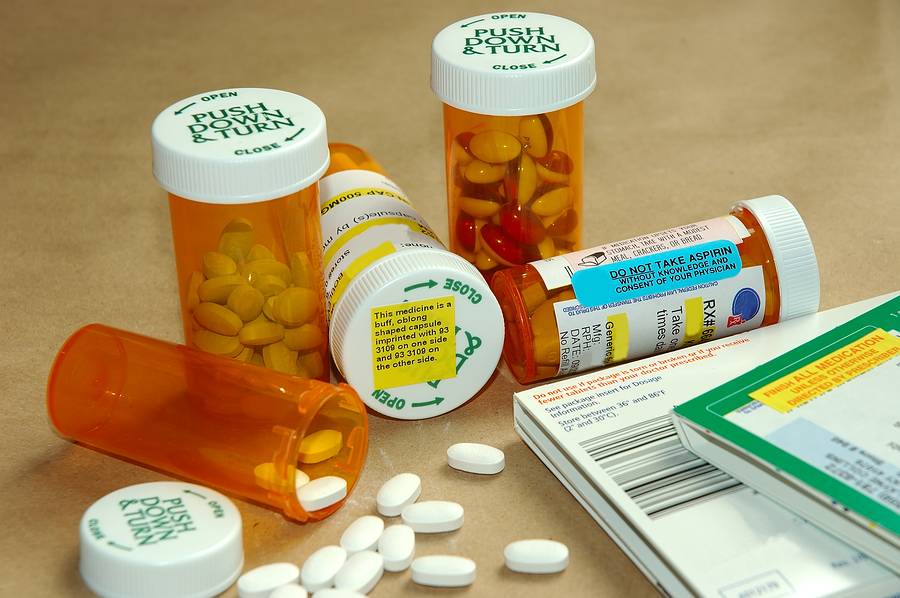According to the January 18, 2008 issue of the British Medical Journal, the benefits of osteoporosis drugs are exaggerated. The drugs are being prescribed to women with osteopenia, which is a less serious situation than osteoporosis and affects about half of all older women.
The drug companies are marketing their drugs to women with osteopenia, basing their actions on reanalyzing data from four earlier drug trials. This new analyses were funded by drug companies and tend to overstate the benefits of the drugs and downplay the risks. Raloxifene, for example, increases the risk of blood clots.
A Canadian study performed by researchers at the University of British Coumbia and Vancouver Costal Health Research Institute found that a class of osteoporosis drugs can increase the risk of bone necrosis. Necrosis is a situation where there is not adequate blood supply to the bone, causing it to die and collapse. This is extremely painful. The study, published in the online Journal of Rheumatology (January 16, 2008) found that biophosphonates (including drugs like Fosomax) can triple the risk of bone collapse. Biophosphonates can also cause inflammation of the eye (published in a letter in the New England Journal of Medicine [March 20, 2003; 348 (12):1187-8)])
The authors of the British Medical Journal article believe that the osteoporosis drugs are being prescribed unnecessarily to a relatively healthy population. They feel that it is a case of a risk factor being turned into a disease in order to sell tests and drugs. The calculation of the benefits of the drugs is presented in a way to make them look more effective than they actually are. For example, a 75% relative risk reduction for fracture is cited. In reality, this is actually less than a 1% reduction in absolute risk. This means that 270 women with pre-osteoporosis would have to be treated with drugs for three years to avoid a single fracture. Women with osteopenia have such a low risk of fracture to begin with, that the drugs offer them almost no benefit.





